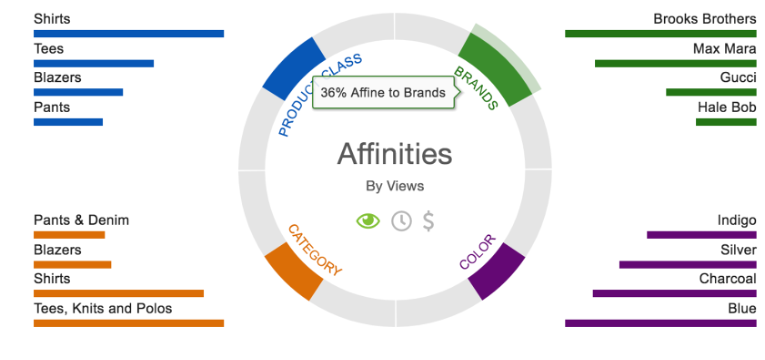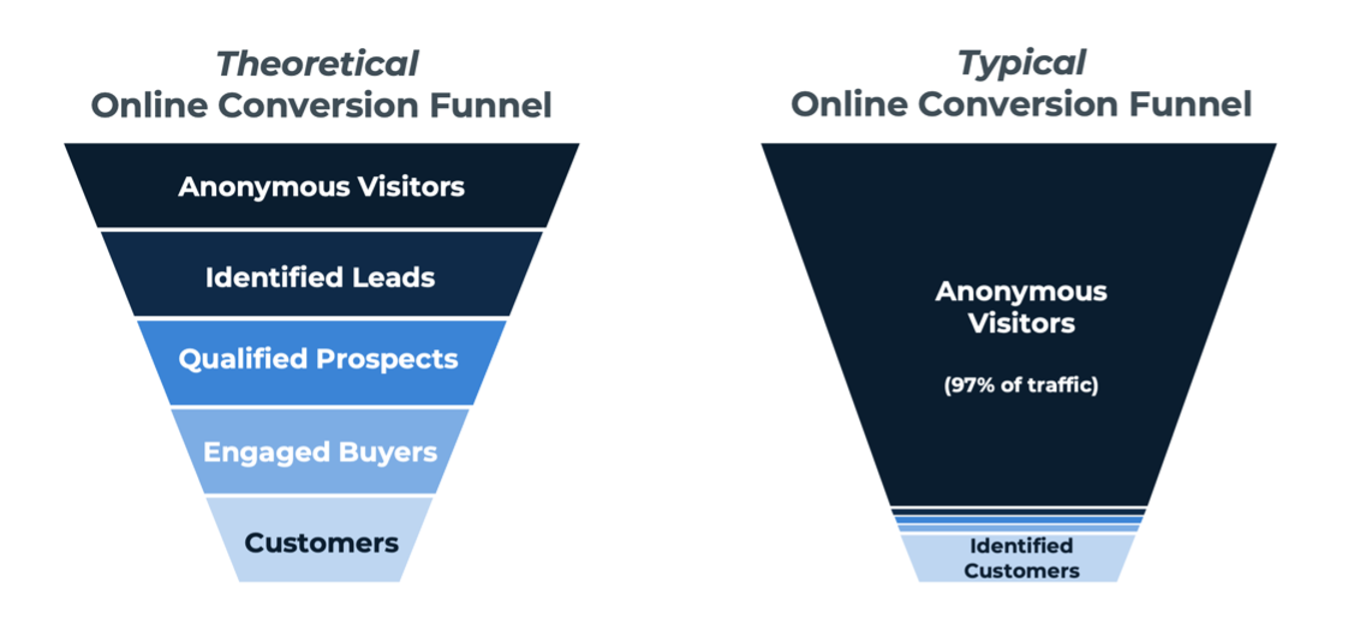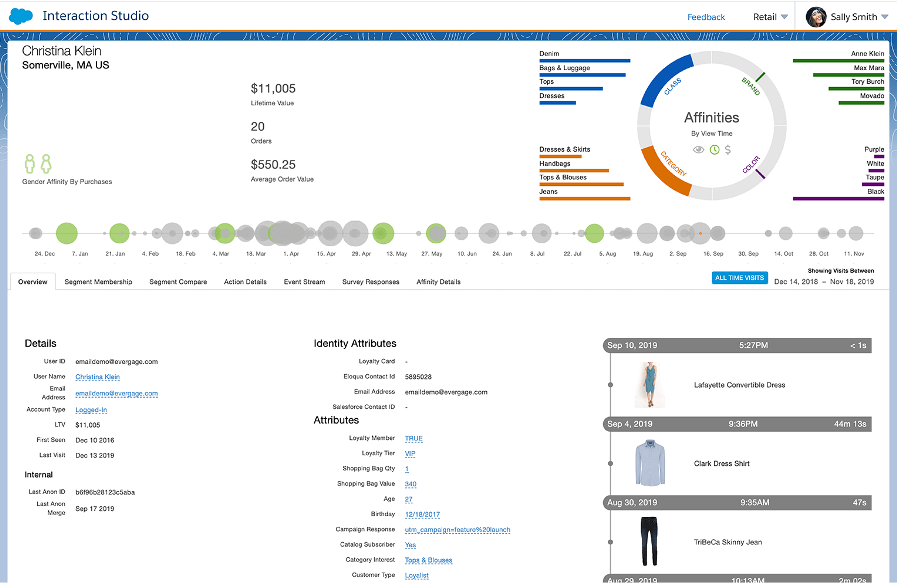Have you ever been shopping in a retail clothing store and had an associate clearly notice you arrive, yet over the course of your visit, they never took the time to acknowledge you were there or strike up a relevant conversation? Throughout your visit you may have browsed shirts and blazers, leaving rich clues about your interests that the associate could have used to help you through your decision-making process. If you were hoping for some personal guidance and support, it’s likely that the experience left you feeling unfulfilled.
Unfortunately for many companies, that’s exactly how anonymous online visitors are being treated—which typically make up to 97-98% of all digital traffic.
But it doesn’t have to be that way. While you may not know the personal details of your anonymous visitors, with Salesforce Marketing Cloud Personalization’s (Formerly Interaction Studio), you can actually know more than you might think about them. By tracking online behavior, you can create a digital picture of this unknown person and start to personalize relevant content to them, even before they self-identify. With omni-channel personalization technology, relevant conversations with unknown visitors can start immediately, which will increase positive engagement and ultimately conversation rates.
The Challenge
First, let’s really understand the magnitude of the challenge most companies are facing by looking at how users move through the “Theoretical Online Conversion Funnel” on the left. On the right is the “Typical Online Conversion Funnel” depicting that for most companies, the vast majority of traffic remains unknown throughout the purchase process. And just like the disengaged store associate, your digital channels aren’t acknowledging their behavior or identifying their interests.
The Opportunity
Your anonymous visitors don’t need to be in the shadows anymore, where you don’t know much about them and treat them all the same. By capturing and organizing signals (data) left by visitors, companies can begin to personalize the experience and better meet their needs. While many people think of their website initially, companies can collect signals across email channels, paid channels, mobile apps and other systems. As a cross-channel personalization platform, Marketing Cloud Personalization can create a connective tissue across all of these systems and can create much richer identities for not only anonymous visitors, but all identified prospects and customers. Research has demonstrated that using those richer identities to deliver more relevant digital experiences significantly influences consumer purchase behavior:
- 78% of US online adults have chosen, recommended, or paid more for a brand that has personalized an experience or service. – Forrester Research
- Personalization can reduce customer acquisition costs by up to 50%, while increasing marketing spend efficiency by up to 30%. – Adweek
The Solution
Imagine an anonymous visitor spends just a few minutes browsing your website, and although they don’t identify themselves, specific information about their behavior is being collected. This could include categories of products viewed, product attributes selected, or content they engaged with. Collecting this anonymous user’s browsing behavior enables the building of a real-time profile that can identify what they might be interested in, known as their “affinities.”

With machine-learning built into the platform, Marketing Cloud Personalization can deliver offers such as products, articles, services, or other recommendations that align with the anonymous user’s affinities in real-time.
When your anonymous visitors ultimately identify themselves by providing personal information (e.g., name, email address or phone number), the platform uses “Identity Mapping” to attach their previously anonymous browsing behaviors to a unified customer profile.
The Results
By focusing on delivering improved relevancy to anonymous users, our clients have seen anonymous to known users conversion rates double, and attributed those gains to millions in incremental revenue. Furthermore, these brands have received the added benefit of unifying all of those previously anonymous behaviors as part of the known customer identity for the advancement of personalization and segmentation.
The Takeaway
Going back to our initial in-store shopping example, if an educated retail associate had engaged you saying, “I see you’ve been looking at that blue blazer. It coordinates well with either dress pants or jeans and would look great on you. Let me see if we have your size in stock,” you would be much more inclined to consider a purchase. To be successful in the digital world, brands need to imitate this humanistic approach by using signals collected to surface relevant content, products and offers in real-time.




